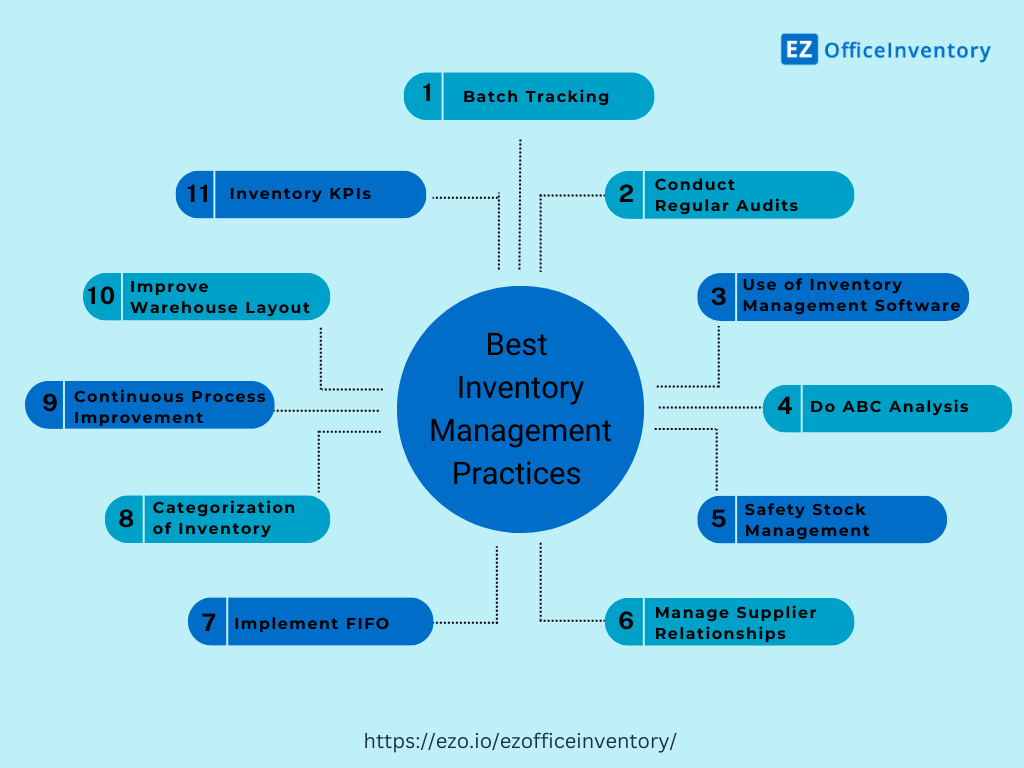Organizing Chaos: Mastering Casual Inventory Control
Welcome to the world of casual warehousing management, where chaos reigns supreme and inventory control seems like a daunting task. However, fear not! With the right strategies and best practices in place, you can master the art of organizing chaos and take control of your inventory with ease.
One of the first steps in mastering casual inventory control is to establish a clear system for organizing your warehouse. This includes assigning designated storage areas for different types of inventory, implementing clear labeling and tracking systems, and training your staff on proper inventory management techniques. By creating order out of chaos, you can streamline your warehousing operations and make it easier to locate and track your inventory.
Another key aspect of mastering casual inventory control is to regularly conduct inventory audits and checks. By regularly updating your inventory records and conducting physical counts of your stock, you can identify any discrepancies or issues in a timely manner and take corrective action. This will help prevent stockouts, overstocking, and other inventory-related problems that can disrupt your operations and impact your bottom line.
In addition to organizing your warehouse and conducting regular inventory checks, it’s important to establish clear communication channels with your suppliers and customers. By maintaining open lines of communication and sharing relevant information about your inventory levels, lead times, and order fulfillment processes, you can ensure that everyone is on the same page and working towards a common goal. This will help prevent misunderstandings, delays, and other issues that can arise when communication breaks down.

Image Source: ezo.io
Furthermore, mastering casual inventory control also involves leveraging technology and automation to streamline your warehousing operations. By investing in inventory management software, barcode scanners, and other tools, you can speed up the process of tracking and managing your inventory, reduce human errors, and improve overall efficiency. This will not only save you time and money but also free up your staff to focus on more important tasks.
Another best practice for mastering casual inventory control is to establish clear policies and procedures for handling returns, damaged goods, and other inventory-related issues. By having well-defined protocols in place, you can ensure that everyone in your organization knows how to deal with these situations effectively and minimize the impact on your operations. This will help maintain customer satisfaction, reduce waste, and improve overall inventory control.
In conclusion, mastering casual inventory control is all about creating order out of chaos, implementing best practices, and leveraging technology to streamline your warehousing operations. By organizing your warehouse, conducting regular inventory audits, communicating effectively, leveraging technology, and establishing clear policies and procedures, you can take control of your inventory and optimize your warehousing management. So, roll up your sleeves, put on your organizing hat, and get ready to master the art of casual inventory control!
Smooth Sailing: Tips for Effortless Warehousing Management
Welcome to the world of warehousing management, where efficiency and organization are key to success. In this article, we will explore some tips for effortless warehousing management that will help you optimize your inventory control and keep your operations running smoothly.
One of the first things to consider when it comes to warehousing management is the layout of your warehouse. A well-organized and logical layout can make a huge difference in how efficiently your inventory is managed. Make sure that there are clear pathways for workers to move around the warehouse, and that items are stored in a way that makes them easy to locate and access.
Another important aspect of warehousing management is inventory tracking. Keeping track of your inventory in real-time is essential for ensuring that you always have the right items in stock and that you can quickly identify any shortages or overages. Utilizing inventory management software can help streamline this process and make it easier to track and manage your inventory levels.
Efficient warehousing management also involves optimizing your storage space. Make sure that you are using your warehouse space to its full potential by utilizing vertical storage solutions, such as pallet racking, to maximize storage capacity. Additionally, consider implementing strategic storage practices, such as grouping similar items together or using bin locations, to make it easier to locate and retrieve items quickly.
When it comes to managing your warehouse staff, communication is key. Make sure that your team is well-trained and informed about proper warehouse procedures and safety protocols. Regularly communicate with your staff about any changes to processes or procedures, and encourage open communication to address any concerns or issues that may arise.
In addition to optimizing your physical warehouse space and staff management, it is also important to consider your supply chain management practices. Building strong relationships with suppliers and ensuring that you have a reliable supply chain in place can help prevent delays and disruptions in your inventory flow. Consider implementing just-in-time inventory practices to minimize excess inventory and reduce storage costs.
Effortless warehousing management also involves regularly reviewing and analyzing your inventory performance. Keep track of key performance indicators, such as inventory turnover rate and order fulfillment time, to identify any areas for improvement. Use this data to make informed decisions about your inventory management practices and implement changes as needed to optimize your operations.
In conclusion, effective warehousing management is essential for optimizing inventory control and ensuring that your operations run smoothly. By following these tips for effortless warehousing management, you can streamline your processes, improve efficiency, and ultimately boost your bottom line. So, set sail on the journey to optimized inventory control and enjoy the smooth sailing ahead!
Best Practices for Inventory Management in Warehousing